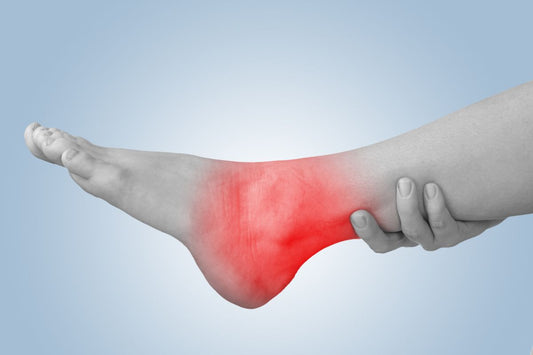A sprained thumb might seem like a minor inconvenience — until you realize just how often you rely on your thumbs for daily tasks. From gripping utensils to typing on your phone or lifting a grocery bag, your thumb plays a crucial role in almost everything you do. When injured, even small movements can trigger sharp pain and loss of function.
In this article, we’ll explore practical treatments for a sprained thumb, what recovery typically looks like, and how real people are managing the injury in day-to-day life.
What Causes a Sprained Thumb?
A thumb sprain typically occurs when the ligaments that support the joint are overstretched or torn. The most common cause? Forceful bending or hyperextension, like falling onto an outstretched hand, playing sports (especially skiing and basketball), or repetitive overuse.
Many patients sprain the ulnar collateral ligament (UCL), a structure critical for pinch and grip strength. You may have heard this called “skier’s thumb.”
Common Symptoms of a Sprained Thumb
- Pain at the base of the thumb
- Swelling and bruising
- Weak grip or difficulty holding objects
- Thumb instability (it feels like it might give way)
- Tenderness around the joint
Mild sprains might only cause stiffness, while severe ones can leave the thumb nearly unusable.
Treatment Options for a Sprained Thumb
1. R.I.C.E Protocol
As with many soft tissue injuries, the first line of treatment includes:
- Rest: Avoid using the thumb.
- Ice: Apply ice for 15–20 minutes several times a day.
- Compression: Use a thumb splint or elastic bandage.
- Elevation: Keep the hand raised to reduce swelling.
This is especially important within the first 48–72 hours.
2. Thumb Spica Splint or Brace
A thumb spica splint immobilizes the thumb while keeping the rest of the hand free to function. These braces come in various levels of support — from flexible sleeves for light support to rigid designs for more severe injuries. Wearing one can reduce pain and protect the joint during healing.
Anecdotal Insight: Some users report switching between a structured brace during the day and a softer wrap at night to stay comfortable without compromising healing.
3. Over-the-Counter Pain Relief
Non-steroidal anti-inflammatory drugs (NSAIDs) such as ibuprofen can help manage pain and inflammation. Topical NSAIDs may be a gentler option for those with sensitive stomachs.
4. Physical Therapy
Once swelling decreases, a hand therapist may guide you through exercises to restore:
- Thumb mobility
- Pinch strength
- Grip stability
Examples of thumb sprain rehab exercises include isolated thumb IP-joint flexion, isolated thumb MP-joint flexion, and finger-thumb opposition.
5. Medical Intervention
If the ligament is completely torn (Grade III), or if the thumb remains unstable after weeks of conservative treatment, a visit to an orthopedic specialist is crucial. In some cases, surgical repair is necessary — especially in athletes or individuals whose occupations rely heavily on grip strength.
Recovery Timeline: What to Expect
Most mild to moderate sprains recover in 2–6 weeks, but full grip strength may take longer to return. Severe cases or surgical recovery can take 8–12 weeks or more.
Some real-world experiences:
- One user on a physical therapy forum noted it took 3 weeks before they could use a fork without pain.
- Another, recovering from skier’s thumb, mentioned they regained full mobility after 8 weeks of using a brace and doing rehab twice a day.
When to See a Doctor
Seek professional evaluation if:
- Pain is severe or worsening
- You can’t move your thumb without intense discomfort
- You notice deformity or feel joint instability
- Symptoms persist beyond a week despite home treatment
Final Thoughts
A sprained thumb may seem like a small injury, but it can disrupt daily life in surprising ways. The key to recovery is early action — supporting the joint with a brace or splint, managing swelling, and gradually rebuilding strength. While healing times vary, most people can return to regular activities with consistent care.
If in doubt, consult a healthcare professional — especially if your pain lingers or worsens.




